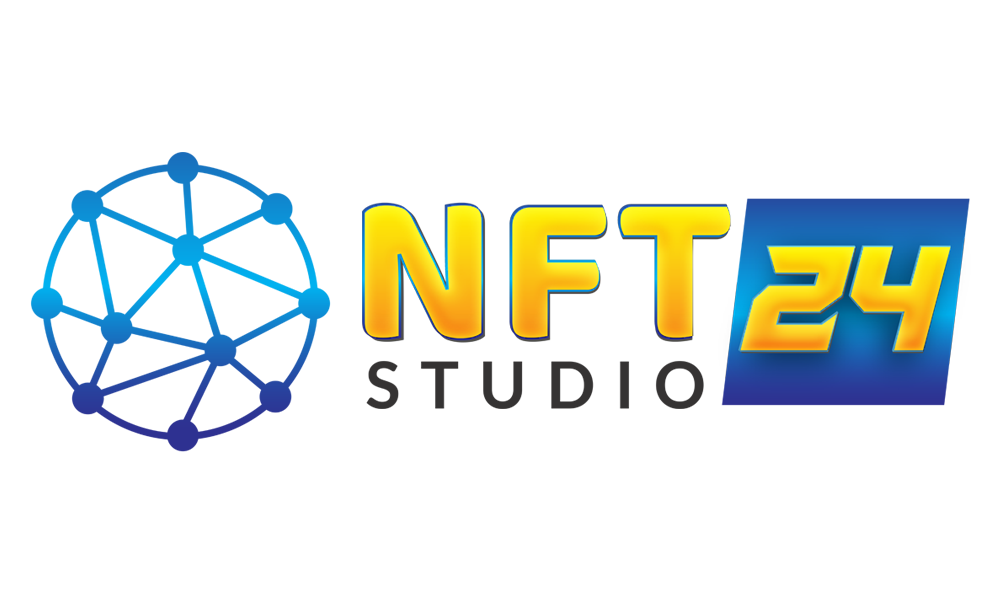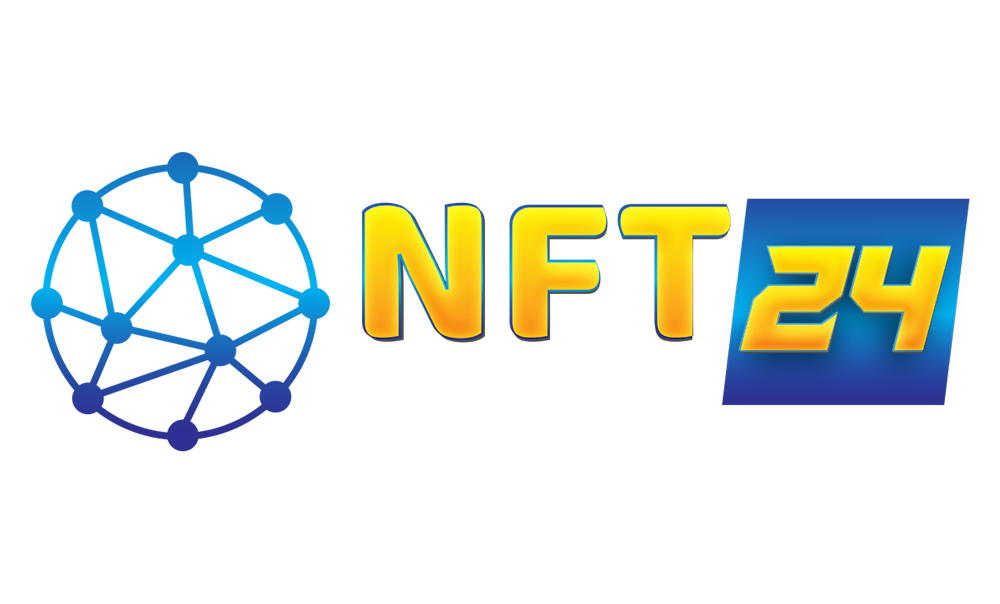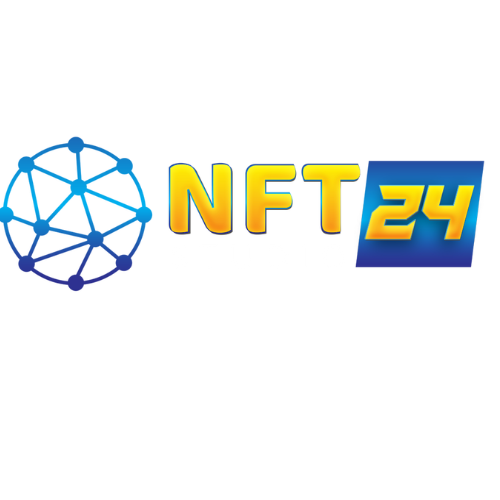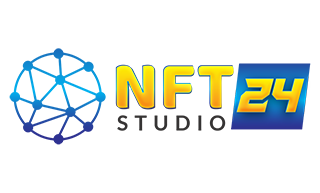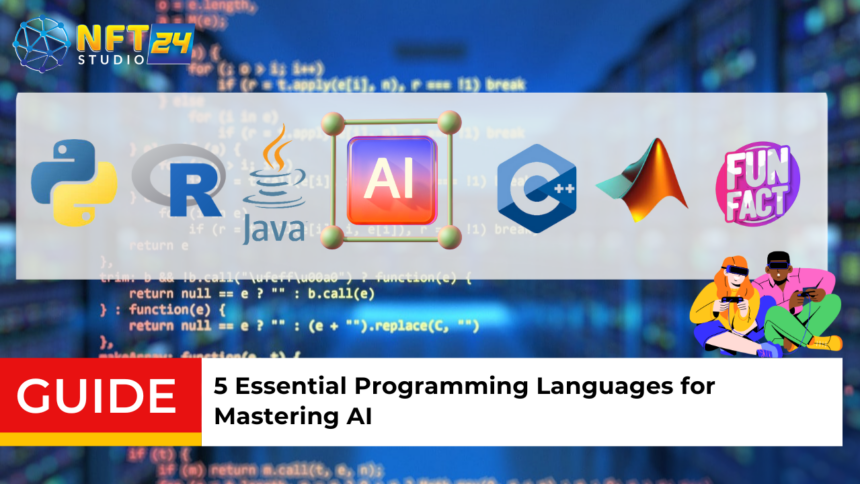AI is altering the world as we know it, from self-driving vehicles to virtual assistants.
But how does one go about creating AI applications? To master AI development, you
must first have a solid foundation in programming languages made expressly for
machine learning and data science.
This blog will explore the top 5 programming languages you should learn for AI
development and why they’re essential for building cutting-edge AI applications.
Whether you’re a beginner or an experienced developer, this guide will help you
unlock the full potential of AI development.
What is AI?
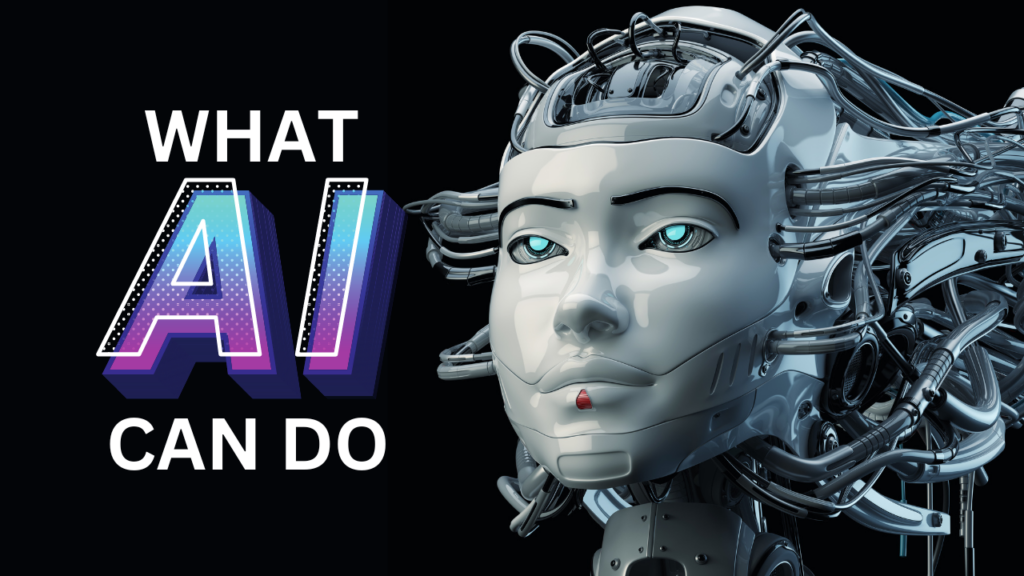
Artificial Intelligence (AI) refers to the development of computer systems that can
perform tasks that typically require human intelligence, such as visual perception,
speech recognition, decision-making, and natural language processing.
AI is achieved through the use of algorithms, mathematical models, and statistical
techniques that allow machines to learn from and make predictions or decisions
based on data inputs.
How Can You Make An AI Application?
Artificial intelligence has revolutionized problem-solving by introducing new and
complex tools. However, AI is not a one-size-fits-all solution for all programming
challenges – developing an AI-driven program requires careful planning and
consideration.
The first step towards building an AI application is defining the problem and
determining the desired outcome. This will guide you toward choosing an appropriate
AI-focused solution, such as machine learning (ML) for data processing or computer
vision (CV) to extract meaningful information from digital images and videos.
The quality and quantity of data processed using AI algorithms is also crucial. AI
algorithms are powerful but require high-quality data to produce desired results. It’s
essential to ensure that data is checked, cleaned, and organized according to the
project’s specific requirements.
There are many applications of AI, and selecting the best programming language
depends on the requirements of your project. Different programming languages
excel at specific AI-related tasks, so choosing the appropriate language depends on
what needs to be achieved in a given application.
The programming language you choose impacts:
● The level of ease in programming AI applications.
● The range of tools, libraries, and frameworks at your disposal.
● The availability of documentation and support from the community.
Top 5 programming languages for AI development:
The top 5 programming languages in the field of AI are Python, C++, R, MATLAB,
and Java. However, it’s important to consider which language to learn first before
delving deeper into each one.
In general, Python is considered the ideal starting point for beginners due to its user-
friendly nature, versatility, and abundance of machine learning libraries. After
mastering Python, the choice of which language to learn next should be based on
individual career aspirations.
Python
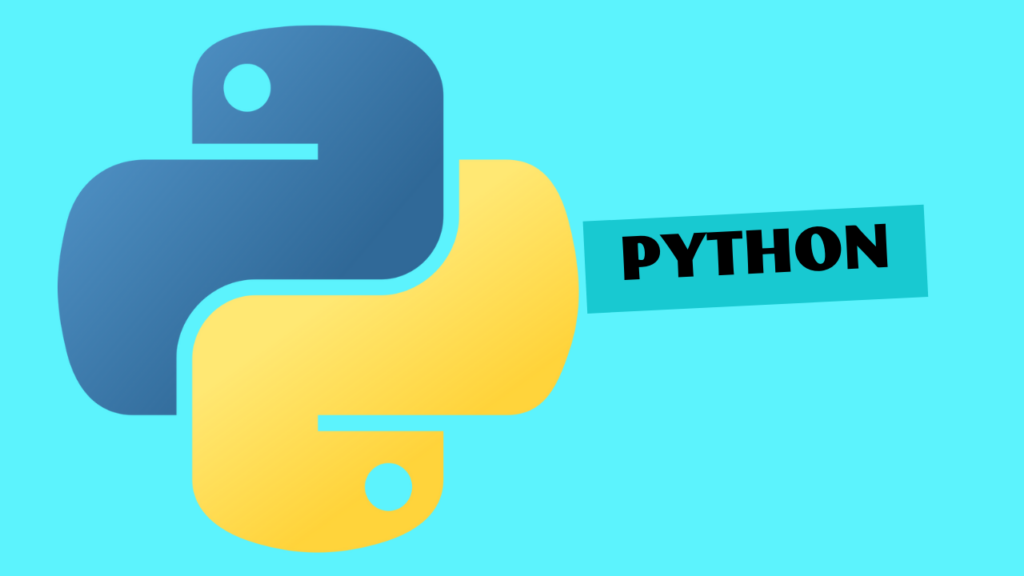
Python is undoubtedly the most used AI development language. Its extensive library
and toolset dedicated to machine learning and data science make it an excellent
alternative for novices. Python is straightforward to learn and has an easy-to-read
syntax. Its appeal stems from its adaptability in web development, data analysis, and
scientific computing.
Python’s popularity in AI research is evidenced by the fact that, according to the
2021 Kaggle study, it is the most popular programming language among data
scientists—furthermore, firms like Google, Facebook, and Microsoft choose Python
for AI development.
Python Libraries for AI Development:
Python has many libraries and tools designed explicitly for AI development. Some of
the popular libraries include:
● TensorFlow is a open-source software library for dataflow and differentiable
programming across various tasks. It is a popular library for building and
training machine learning models.
● Keras: Keras is a Python-based high-level neural network API that can
operate on top of TensorFlow, CNTK, or Theano. It is solely designed to
enable fast experimentation with deep neural networks.
● Scikit-learn: Scikit-learn is a Python programming language library for
machine learning that is available at no cost. It offers a range of algorithms for
classification and clustering, including but not limited to support vector
machines, random forests, and k-means.
● PyTorch: PyTorch is an open-source AI learning library based on the Torch
library. This tool finds its applications in various fields, including but not limited
to natural language processing and computer vision.
R
R is a computer language and environment for statistical computation and graphics.
It’s popular in data analysis and machine learning applications. R offers a wide range
of statistical and graphical approaches and a large set of machine learning and data
analysis packages such as Caret, MLR, and Tidymodels. R’s strength is in statistical
analysis, which makes it well-suited for data-intensive AI applications.
It has a broad variety of statistical models, such as linear and nonlinear regression,
time-series analysis, and survival analysis. R is also a great data visualization
language, making it simple to generate interactive charts and plots to visualize the
outcomes of AI models.
Because of R’s prominence in AI development, various specialized packages and
libraries have been created, including the deep learning package KerasR and the
reinforcement learning package Reinforcement Learning.
R Libraries for AI Development:
There are several R libraries that are commonly used for AI development. Some of
them are:
● caret: A comprehensive library for machine learning, including data pre-
processing, feature selection, model tuning, and evaluation.
● mlr: A high-level interface to several machine learning algorithms, including
deep learning, support vector machines, random forests, and more.
● mxnet: A flexible and efficient library for deep learning, with support for
distributed training and a variety of programming languages.
Java

Java is a high-performance programming language utilized in various sectors,
including artificial intelligence research. Java is great for creating machine learning
models due to its powerful object-oriented programming capabilities and
comprehensive library support.
Java is used to build AI applications such as chatbots, virtual assistants, and speech
recognition systems. Major Java libraries used in AI development include Weka,
Deeplearning4j, and Mahout.
Natural language processing, picture identification, and audio recognition are a few
AI applications that employ Java. Deeplearning4j, DL4J, and Neuroph are major
Java libraries for AI development.
Java Libraries for AI Development:
● Deeplearning4j, which is a deep learning library specifically designed to
operate on the Java Virtual Machine. It provides support for various deep
learning algorithms including convolutional and recurrent neural networks.
● Weka is an another library that provides a collection of algorithms for machine
learning purposes. These algorithms are designed to execute data mining
activities such as pre-processing, classification, clustering, and regression,
among others.
● Finally, Apache Mahout is a machine-learning library that includes algorithms
for clustering, classification, and collaborative filtering, and can be used to
create scalable machine-learning applications that run on Apache Hadoop.
C++

C++ is a popular programming language for creating high-performance systems, and
AI is no exception. It is an excellent alternative for building AI applications due to its
speed, efficiency, and capacity to handle enormous datasets. C++ is widely utilized
to develop computer vision and natural language processing systems.
C++ is well-known for its speed and performance, which makes it a perfect language
for developing high-performance AI systems. It’s a popular choice for creating
applications that demand a lot of calculations and processing power, such as
computer vision and robotics.
C++ is a high-level language, which means that it is closer to human language and
easier to read and write than low-level languages like assembly. It is widely used in
the development of operating systems, device drivers, and other system software. It
is also used in the development of large-scale software applications, such as video
games, financial systems, and scientific simulations.
C++ is a continuously evolving programming language, and there have been several
recent developments in the language. The next version of the C++ standard, C++23,
is currently in development and is expected to introduce several new features,
including improvements to modules and coroutines.
C++ Libraries for AI Development:
Numerous widely used C++ libraries are available for AI development. These
include:
● TensorFlow, an open-source machine learning library developed by Google,
which is extensively used for constructing neural networks and other AI
applications.
● Caffe is another C++ deep learning framework that facilitates the development
of efficient and expressive AI models, especially for computer vision and
image recognition tasks.
● Shark is also a highly adaptable C++ library for machine learning that offers a
variety of algorithms for kernel-based learning, linear and nonlinear
optimization, and neural networks.
MATLAB
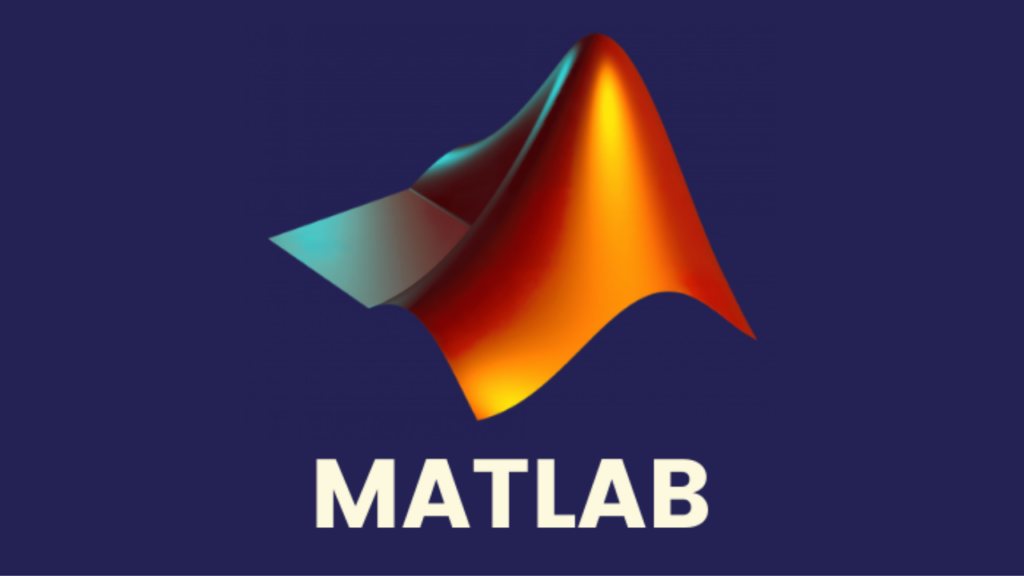
MATLAB is a high-level programming language and interactive environment widely
used in various fields such as engineering, physics, mathematics, and finance. It is a
powerful tool for numerical computation and data analysis, capable of handling
complex mathematical operations such as matrix manipulation, solving systems of
equations, and optimization.
MATLAB is particularly popular in the engineering and scientific communities for its
ability to quickly prototype and test algorithms and its rich visualization capabilities.
One of the advantages of MATLAB is its extensive library of built-in functions and
toolboxes, which enable users to efficiently perform a wide range of tasks, from
signal processing and image analysis to control system design and financial
modeling.
Additionally, MATLAB has a user-friendly interface that makes it easy to write and
debug code and visualize and analyze data. MATLAB supports the creation of
standalone applications and the integration with other languages like C++ and Java.
Fun Fact!
Did you know that initially, Andrew Ng’s Machine Learning course was taught with MATLAB?
However, in 2022, when Andrew and his teams at DeepLearning.AI and Stanford University
updated the Machine Learning Specialization, they made a significant improvement by
transitioning to Python.
It’s recommended that you don’t attempt to learn two languages simultaneously. Instead,
prioritize becoming proficient in Python initially. Once you have accomplished a certain level
of mastery in Python, you can broaden your horizons based on your professional objectives.
Do not use these programming languages!
While there is no specific programming language that can be labeled as “bad” for AI,
some languages may not be as suitable for certain AI tasks.
● For instance, languages like C and Assembly, which are low-level languages,
may not be the best choice for developing AI applications due to their
complexity and lack of built-in support for high-level abstractions commonly
used in AI.
● languages like PHP and Ruby, which are primarily designed for web
development, may not be well-suited for AI tasks, as they lack robust libraries
and tools specifically designed for AI.
● Fortran is mainly favored by scientists and engineers, but it presents a
challenge to learn and lacks numerous user-friendly functions, resulting in
challenging development.
Programming languages used in blockchain tech
There are several languages used in blockchain development, such as
● Solidity, Rust, and Go. Solidity is the most popular language for developing
smart contracts on the Ethereum blockchain, while Rust and Go are gaining
popularity for building blockchain infrastructure and decentralized
applications.
● Additionally, there are specific blockchain development frameworks and tools
available that utilize programming languages and AI, such as Hyperledger Fabric,
Corda, and TensorFlow. These tools and frameworks enable developers to create
blockchain-based applications with enhanced security, scalability, and performance.
Fun Fact!
Lisp, which was invented in 1958 by John McCarthy, has a rich history of being used in
artificial intelligence (AI) research and development. In fact, Lisp was one of the first
programming languages to be used for AI, and it is often referred to as the “AI language.”
Despite its age, Lisp remains a popular language in the AI community and is still widely used
today.
As a matter of fact, Lisp holds the distinction of being the second-oldest high-level
programming language that is still in widespread use, after FORTRAN. The longevity
and continued relevance of Lisp are a testament to its versatility and power,
especially in the field of AI.
Conclusion:
Choosing the right programming language is essential for AI development, and the
choice of language depends on the specific requirements of the AI application.
Python is the most popular language for AI development, followed by R, Java, C++,
and MATLAB. These languages offer powerful libraries and tools for building and
deploying AI models. Staying up to date with the latest developments in AI
programming languages is also crucial for building efficient and responsible AI
applications.
